
16. Bastione Feltrin
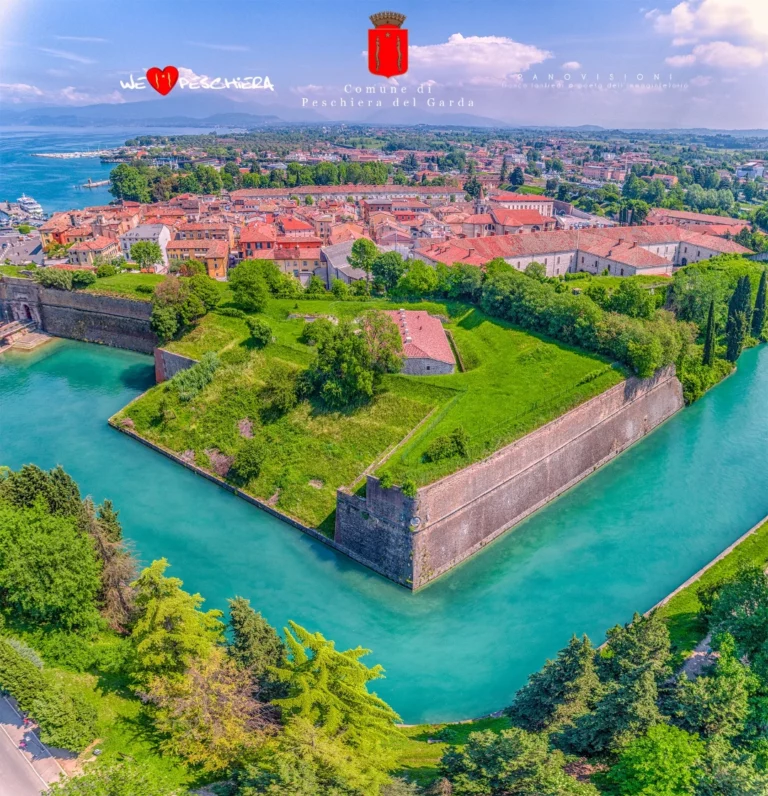
In the western part of the fortress lies the Bastione Feltrin, which was the first to be built. Although slightly concealed from the city center, you can see it clearly from the bridge of Porta Brescia. You’ll notice that a…

In the western part of the fortress lies the Bastione Feltrin, which was the first to be built. Although slightly concealed from the city center, you can see it clearly from the bridge of Porta Brescia. You’ll notice that a…
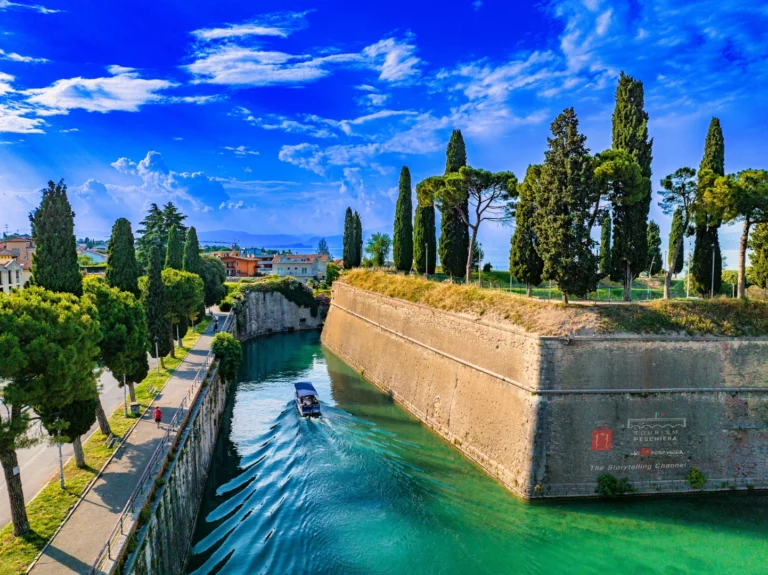
The Bastione Tognon, built in 1552, still preserves visible remnants of the Lion of St. Mark, partially destroyed by Napoleon. This is the fifth bastion of the Venetian fortress. A notable feature during the final period of use by the…
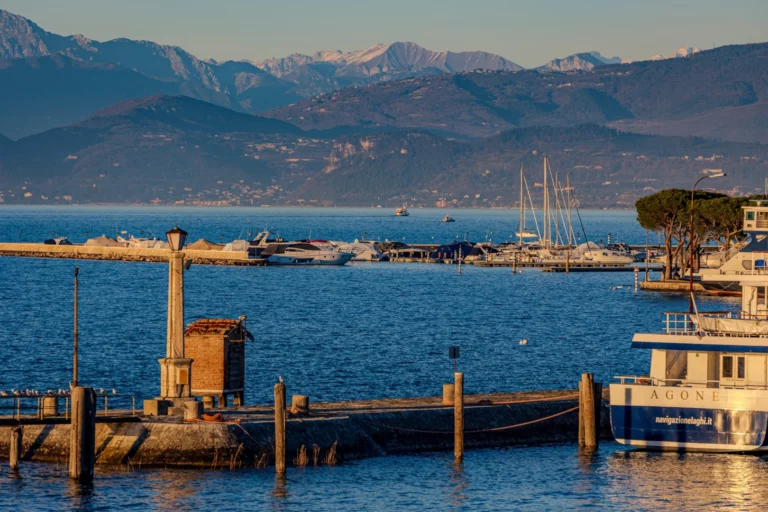
From this position, you can see the shipyard and various images of the motorboat Zanardelli, which is still in operation today as part of the Navigarda ferry service. The shipyard was a significant economic factor in the development of the…
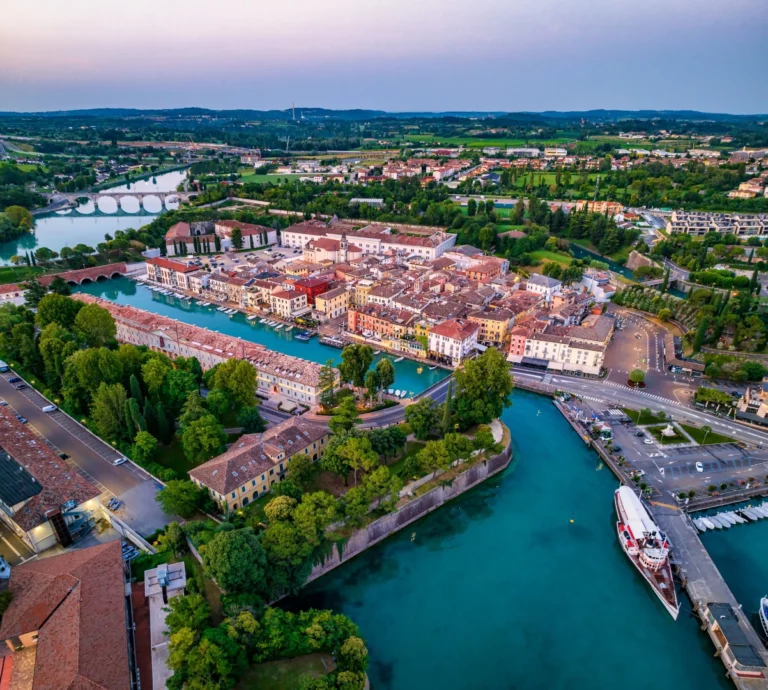
The Bastione Querini constituted one of the two sides of the entrance from the lake to the Fortress. This bastion served as an access point for boats and vessels, along with its twin which was demolished in the early 20th…
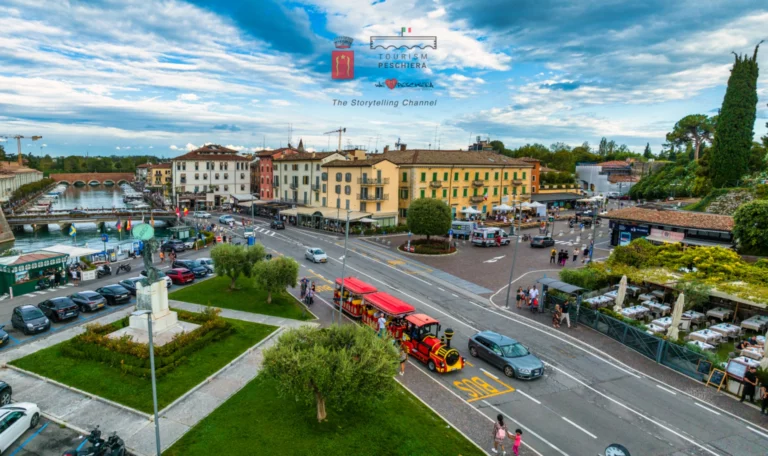
In this illustration, you can see a depiction of the ancient port of Peschiera. The city walls shown in this late 19th-century photo no longer exist, having been demolished between 1910 and 1911 for the city’s expansion. On the north…
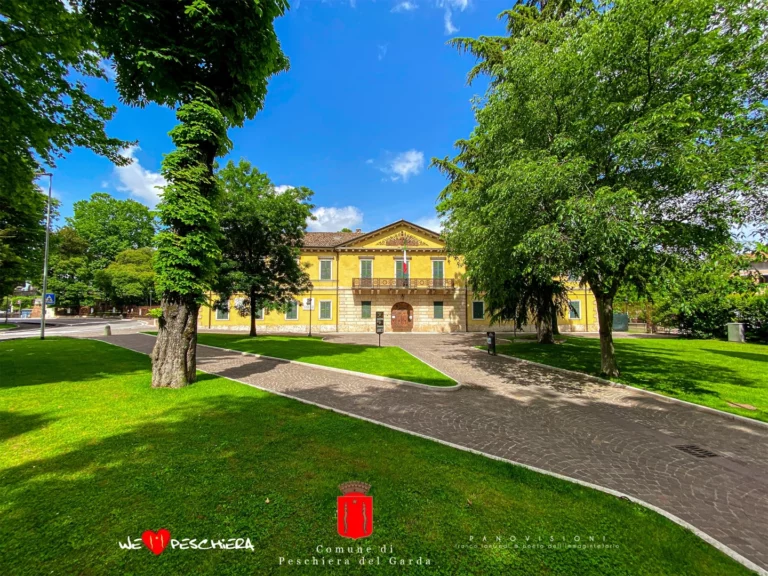
The Command Building of the Stronghold, erected in 1854, is also known as the “Palazzina Storica” because the Inter-Allied Conference of 1917 was held there during the Great War. This meeting took place immediately after the defeat at Caporetto, which…
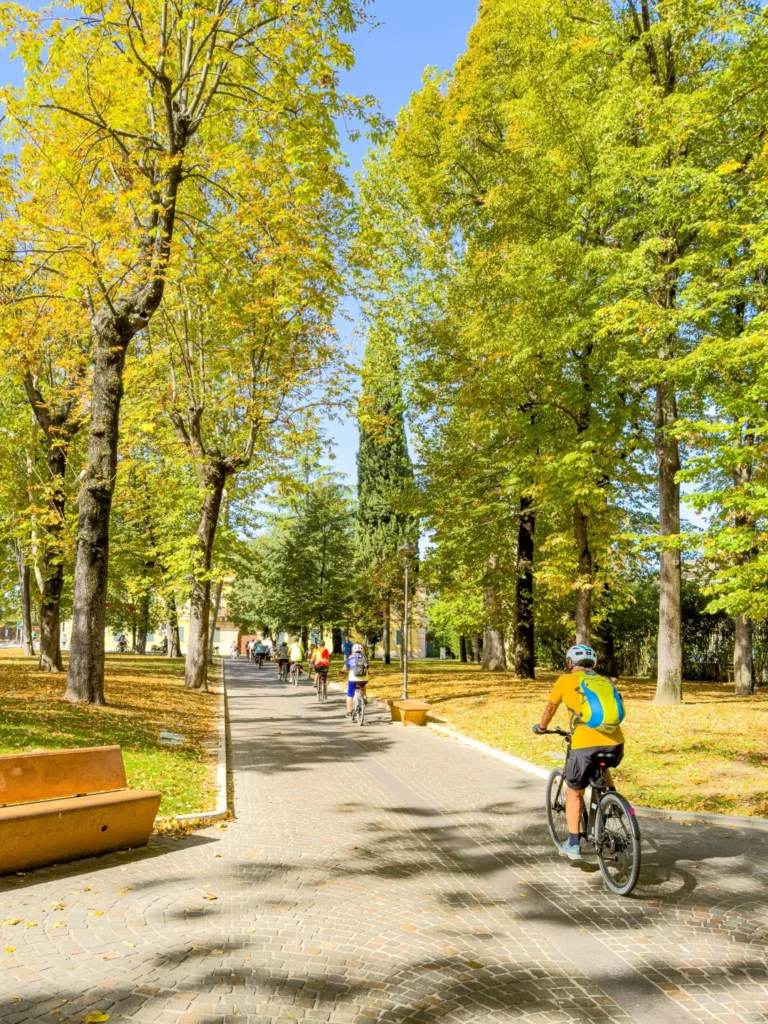
Now enter the green Parco Catullo, which in the medieval period was known as Trans Mincio. During the Middle Ages, this park was used for growing vegetables to sustain life within the fortress. In front of you, you can see…
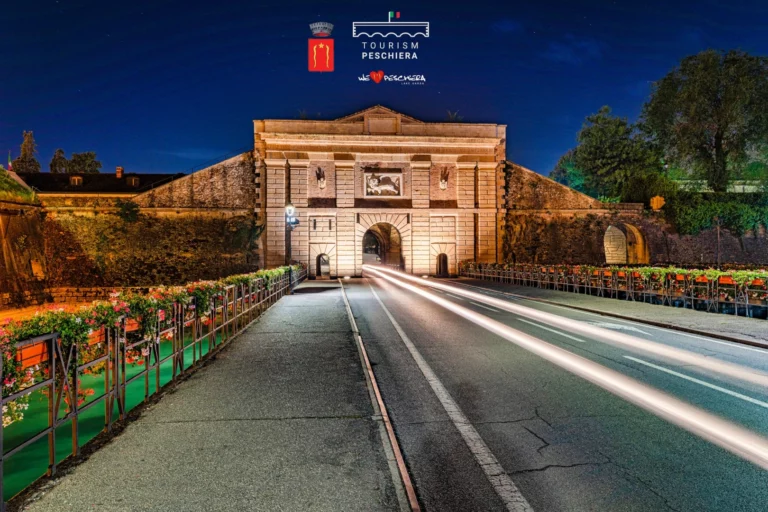
Entering the passageway and stepping outside the fortress for about ten meters, turn your gaze to the imposing facade of the gate. You can admire the central spot on the gate where the effigy of the Venetian Lion of St.…
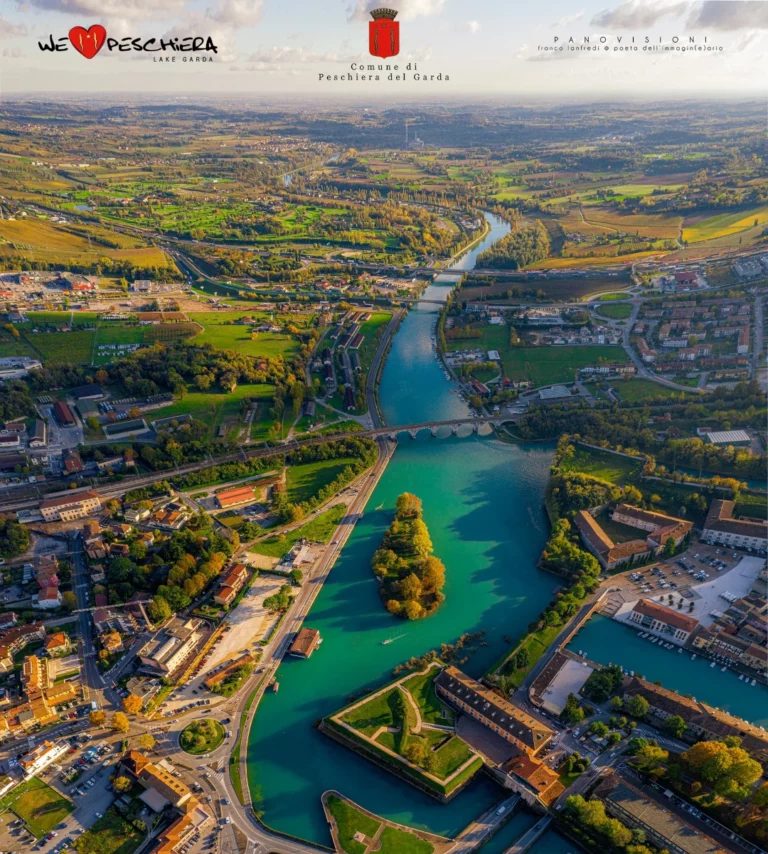
In front of you now is the bridge reconstructed after the 1944 bombing, which connects to the Milan-Venice railway line, built during the Habsburg rule. Additionally, as shown in the diagram, you can see the Royal Fish Hatchery, destroyed by…
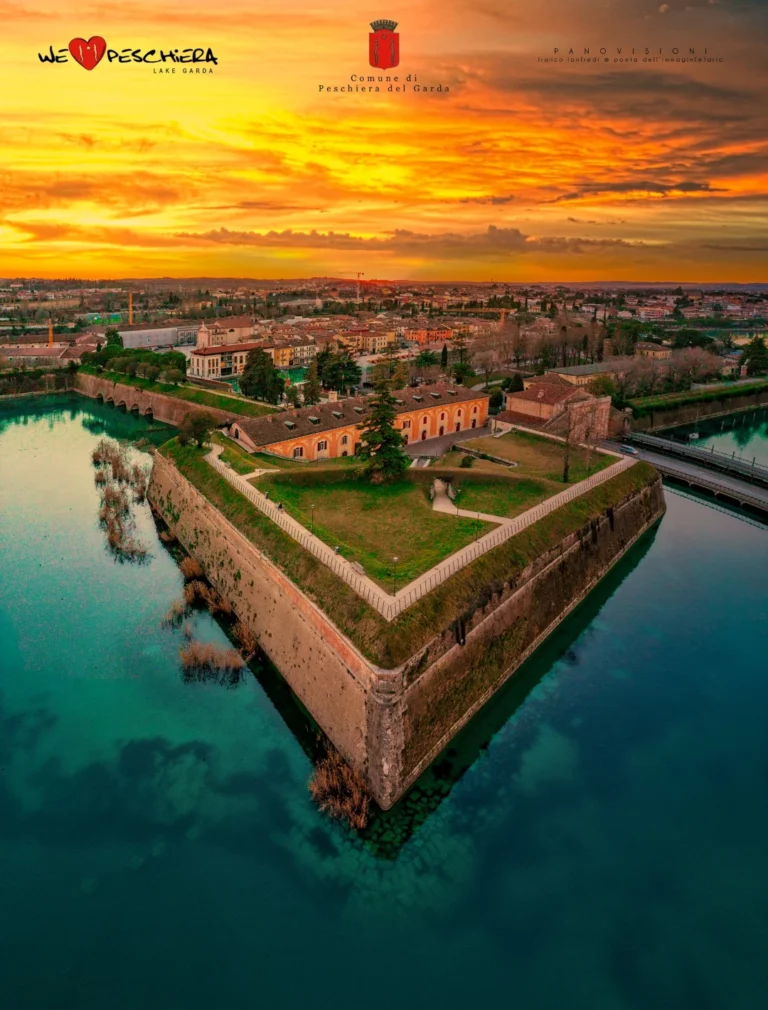
When you enter the courtyard of the Artillery Barracks, on the left, a flight of stairs will lead you to the Bastione San Marco. Built in 1553, it is the second bastion of the Venetian pentagonal fortress and is still…